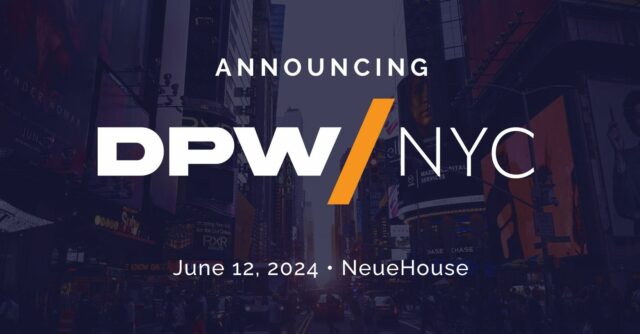Anyone can sail a ship when things are going well. But it takes a strong, robust and characterful CEO to steer a business through choppy waters and out the other side.
In McKinsey’s latest report ‘Actions the best CEOs are taking in 2023’, the research and advisory firm uncovered which trends are set to have the biggest impact on how CEOs lead their business throughout the year.
McKinsey’s CEO Excellence Survey surveyed 200 of the best corporate CEOs of the past 15 years. This was completed by whittling down a list of all the current and former CEOs of the 1,000 largest public companies during that timeframe. The list was subsequently filtered based on tenure, including only those who had completed at least six years in the role. From there, the CEOs were continuously shortlisted until the best 200 were determined.
Each CEO was asked to identify the top three trends that are set to determine how leaders tackle the future. Here is an insight into those findings.
1. Actions to deal with digital disruption

CEOs are targeting digital trends in three key ways: developing advanced analytics, enhancing cybersecurity and automating work. OpenAI’s launch of ChatGPT has accelerated the demand of companies looking to embrace advanced analytics for a competitive advantage. Improving cybersecurity is another key action for CEOs with the importance of guarding against external threats paramount amid strengthening and more mature cyberattacks. Lastly, automating work is another key priority to scale efficiency and eliminate boring and manual tasks which free up people’s time.
2. Actions to deal with the risk of high inflation and economic downturn

One CEO who is worried about economic uncertainty told McKinsey: “Act early to lower costs and protect the balance sheet so that you are stronger and leaner when the economy begins to turn more favourably.” McKinsey found that companies that outperformed the 2008 financial crisis cut operating costs by 1% before the downturn while the others expanded costs by the same percentage. The best performers reduced their debt by $1 for every $1 of book capital before the downturn. This can be done by reducing operating expenses, redesigning products and services as well as reassessing strategic and economic assumptions.
3. Actions to deal with the escalation of geopolitical risk

According to McKinsey, there are three actions to help manage the escalation of global and national crises. CEOs are targeting building robust compliance capabilities, creating resilience in supplier networks and investing in monitoring and response capabilities. These actions come following the challenges presented by COVID-19, the war in Ukraine and now inflation concerns. Many firms are choosing to build their trade compliance organisations and improve how they screen different customers and companies. While a defensive approach is the way forward for many, some companies see the turbulent times as an opportunity.











